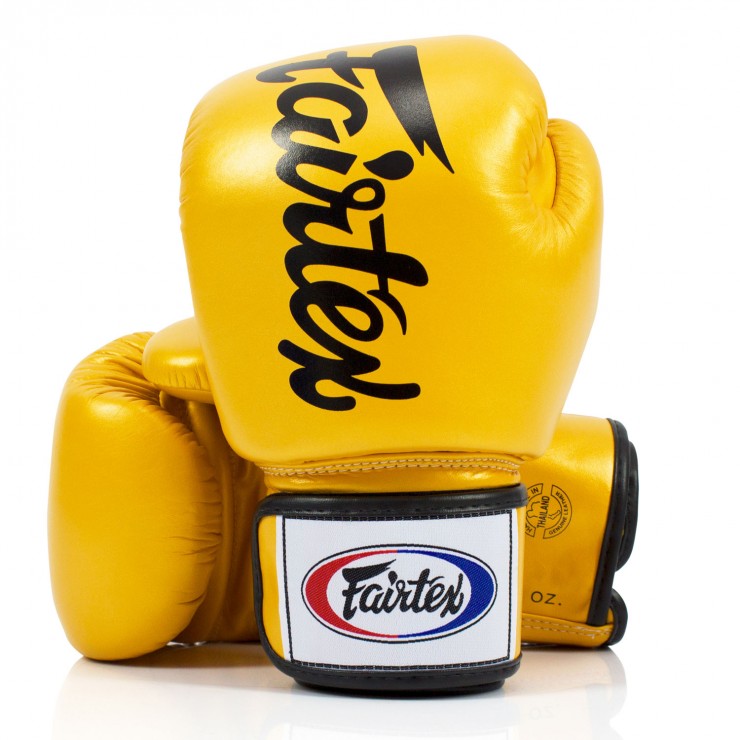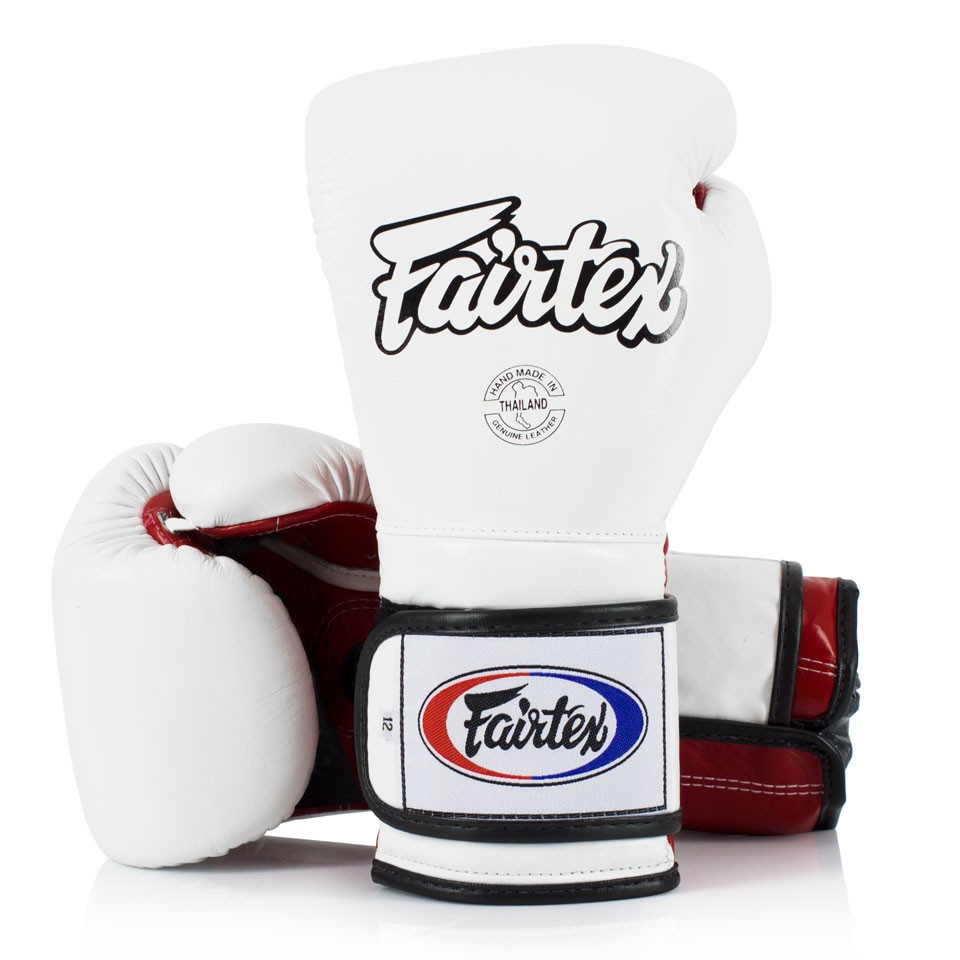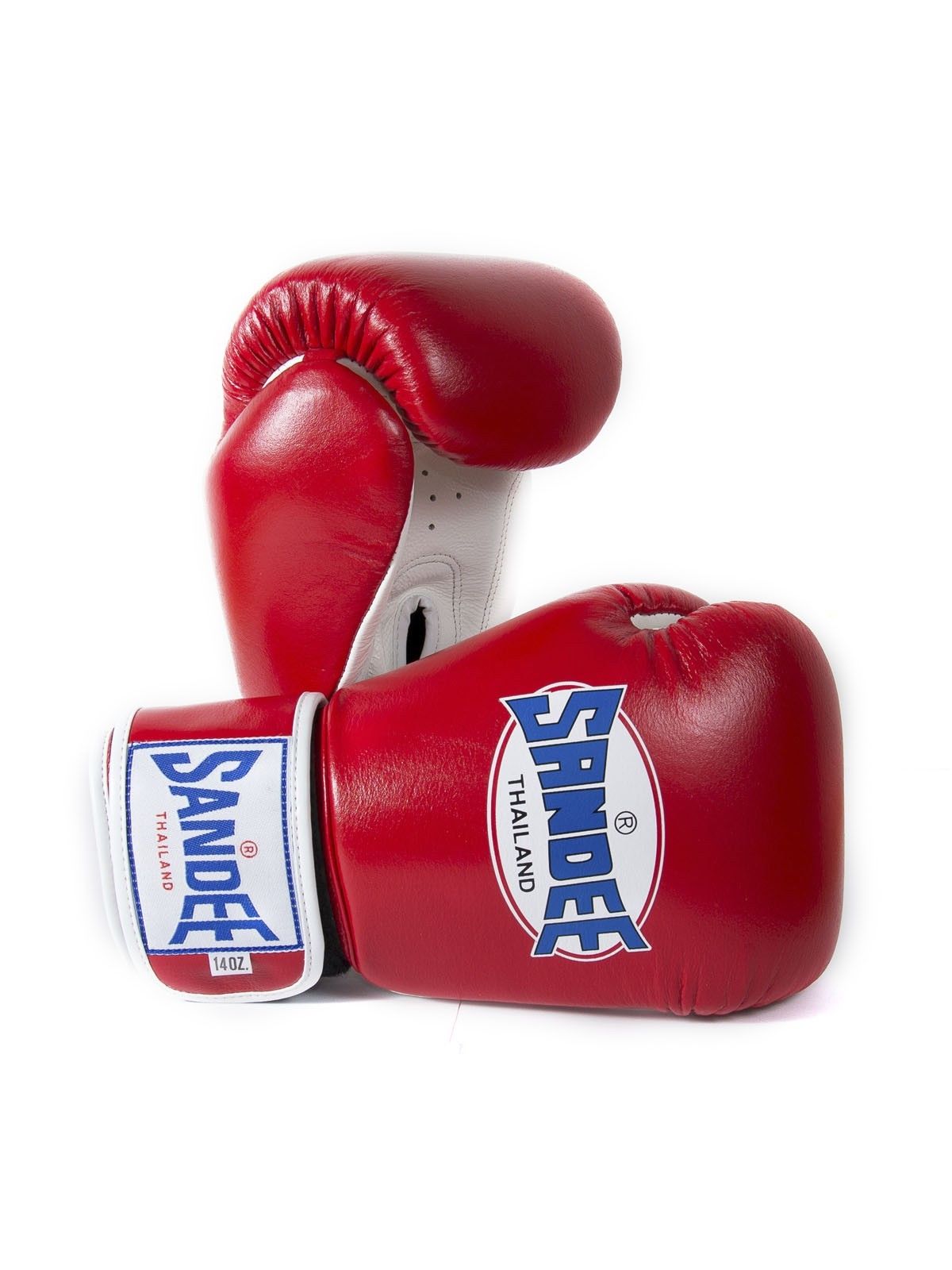In the brutal ballet of boxing, where power meets precision and resilience is paramount, one piece of equipment stands as the silent, unsung hero: the boxing glove. Far from being a mere accessory, the modern boxing glove is a sophisticated piece of engineering that fundamentally transformed a bare-knuckle brawl into the globally celebrated sport we know today. It’s a testament to innovation driven by the dual imperatives of athlete safety and competitive integrity.
From Primitive Wraps to Padded Powerhouses: A Brief History
The concept of protecting hands during combat is ancient, dating back to rudimentary leather strips used by Greek pugilists. The Romans, with their gladiatorial contests, even developed the fearsome cestus, often weighted with metal, turning hand protection into a weapon designed to inflict maximum damage. This era of extreme violence eventually led to the decline and banning of such contests.
Boxing’s modern resurgence in 17th-century England initially saw fighters engaging in bare-knuckle bouts, often leading to severe injuries and prolonged, brutal contests. The turning point arrived in 1867 with the Marquess of Queensberry Rules. These groundbreaking regulations, among other things, mandated the use of “fair-sized” padded gloves. This single rule change was revolutionary, shifting the focus from disfigurement and debilitating injuries to skill, strategy, and knockout power, while simultaneously making the sport more palatable to a wider audience.
The late 19th and early 20th centuries saw boxing gloves evolve from simple, horsehair-filled leather mitts into more refined designs. Continuous advancements in materials and manufacturing techniques throughout the 20th and 21st centuries have led to the highly specialized and protective gloves used by fighters today.
The Anatomy of Protection: Layers of Innovation
A modern boxing glove is a marvel of layered construction, each component meticulously designed to contribute to its overall function:
- Outer Casing: This is the glove’s exterior, typically made from high-quality genuine leather (often cowhide or buffalo hide) or advanced synthetic leathers (like PU or microfiber). Genuine leather offers superior durability, breathability, and a luxurious feel, molding to the hand over time. Synthetic options are more affordable, easier to maintain, and have made significant strides in durability and performance, making them excellent for training and budget-conscious users.
- Padding: This is the heart of the glove’s protective capability. The vast majority of modern gloves use multi-layered foam padding. This often involves a combination of different foam densities (e.g., high-density foam for impact absorption, softer foam for comfort) strategically placed to protect the knuckles, back of the hand, and wrist. Some traditional or specialized “puncher’s gloves” may still use horsehair for a firmer, more compact feel, while others incorporate gel inserts for enhanced shock dispersion and a customized fit.
- Inner Lining: The material inside the glove that comes into contact with the hand. High-quality gloves feature moisture-wicking fabrics (like nylon or polyester blends) to keep hands dry, prevent bacterial growth, and reduce chafing. A comfortable lining is crucial for extended training sessions.
- Wrist Support & Closure: The wrist area is critical for preventing sprains and fractures. Gloves feature a robust wrist cuff, often with a padded section.
- Velcro (Hook-and-Loop) Closures: These are the most common for training gloves due to their convenience, allowing fighters to easily put on and take off gloves without assistance. They offer good support for most training needs.
- Lace-Up Closures: Preferred by professional fighters for competition, lace-up gloves offer the most secure, custom, and stable fit, providing unparalleled wrist support. However, they require assistance to tie.
- Thumb Attachment: Modern gloves feature an attached thumb design, preventing the thumb from being jammed or hyper-extended during impact, a common injury in older glove designs.
Tailored for Purpose: Different Gloves for Different Needs
Boxing gloves come in various weights, measured in ounces (oz), and are designed for specific applications:
- Bag Gloves (8-14 oz): Lighter and often with denser padding, these are designed for hitting heavy bags, speed bags, and focus mitts. They offer excellent hand protection for repeated, powerful impacts, allowing the boxer to feel the “feedback” of their punches for technique refinement.
- Training Gloves (12-16 oz): The most versatile option for general gym use. They provide a good balance of protection for both the wearer’s hands and training partners during drills, light sparring, and mitt work. Heavier weights (14-16 oz) are popular for building endurance and overall fitness.
- Sparring Gloves (14-20 oz): These gloves prioritize safety above all else. They feature significantly more padding, particularly over the knuckles, to absorb impact and protect both the wearer and their sparring partner. The increased weight also forces the fighter to work harder, building strength and endurance.
- Competition Gloves (8-12 oz): These are the lightest gloves used in official bouts. They have less padding than sparring gloves, allowing for more “puncher’s feel” and impact transmission. The specific weight is strictly regulated by boxing commissions based on the fighter’s weight class (e.g., 8oz for lighter divisions, 10oz for heavier ones). Amateur competition gloves often have more cushioning than professional ones for added safety.
- Muay Thai Gloves: While similar to boxing gloves, Muay Thai gloves often have a slightly different shape with more flexibility in the wrist and a wider hand compartment, facilitating clinching and catching kicks.
Choosing Your Pair: Practical Considerations
For anyone looking to purchase boxing gloves, whether for fitness or competitive aspirations, several factors are crucial:
- Purpose: Determine if you need gloves for bag work, sparring, or general training.
- Weight: Match the glove weight to your body weight and intended use. Heavier gloves offer more protection and build endurance, while lighter gloves are for speed and competition.
- Fit: The glove should feel snug but not uncomfortably tight, especially when wearing hand wraps. Your fingertips should reach the top, but not be jammed.
- Comfort: Prioritize gloves with good internal padding and a comfortable lining that prevents chafing.
- Material: Consider your budget and durability needs. Genuine leather offers longevity and premium feel, while high-quality synthetics provide excellent value.
- Brand Reputation: Stick to reputable brands known for quality and safety, such as Everlast, Cleto Reyes, Hayabusa, Venum, Ringside, Fairtex, and Title.
Beyond the Ring: Boxing Gloves in the Fitness World
The impact of boxing gloves extends far beyond the professional ring. They are integral to fitness boxing classes, cardio boxing, and general martial arts training. In these contexts, gloves provide an excellent full-body workout, stress relief, and a fun way to learn basic boxing techniques while protecting the hands.
In essence, the boxing glove is a silent testament to the sport’s evolution – a piece of equipment that balances raw power with refined technique, and the primal urge to fight with the modern imperative of safety. It is, truly, the unsung hero that allows the “sweet science” to thrive. 700 701 702 703 704 705 706 707 708 709 710 711 712 713 714 715 716 717 718 719 720 721 722 723 724 725 726 727 728 729 730 731 732 733 734 735 736 737 738 739 740 741 742 743 744 745 746 747 748 749 750 751 752 753 754 755 756 757 758 759 760 761 762 763 764 765 766 767 768 769 770 771 772 773 774 775 776 777 778 779 780 781 782 783 784 785 786 787 788 789 790 791 792 793 794 795 796 797 798 799 800 801 802 803 804 805 806 807 808 809 810 811 812 813 814 815 816 817 818 819 820 821 822



